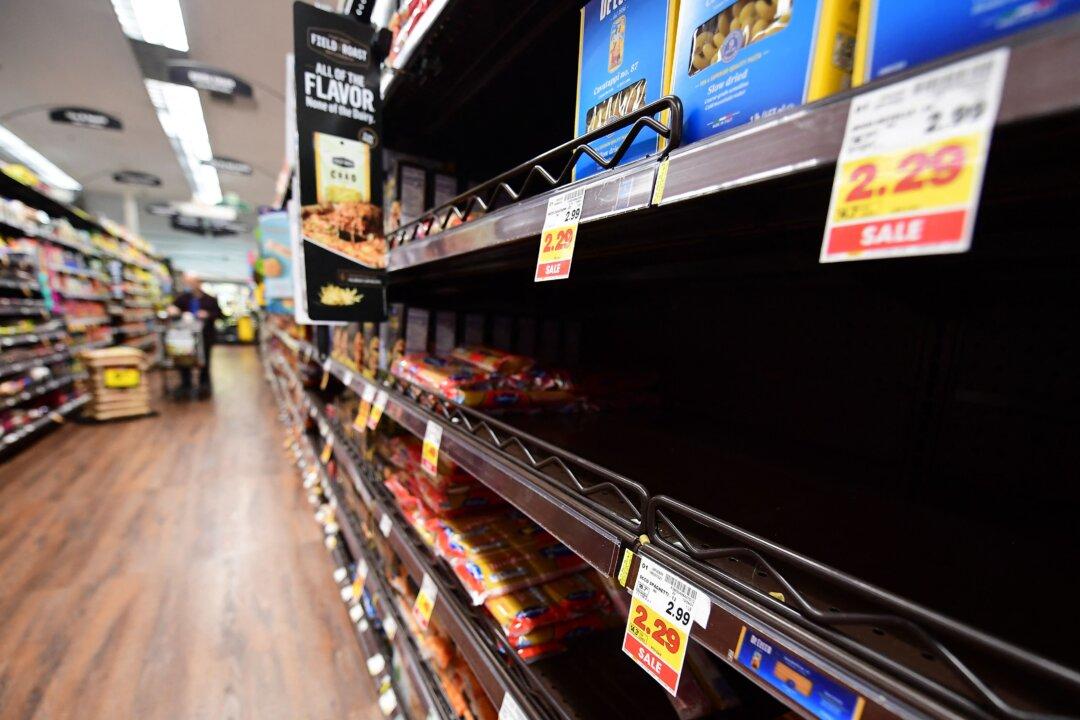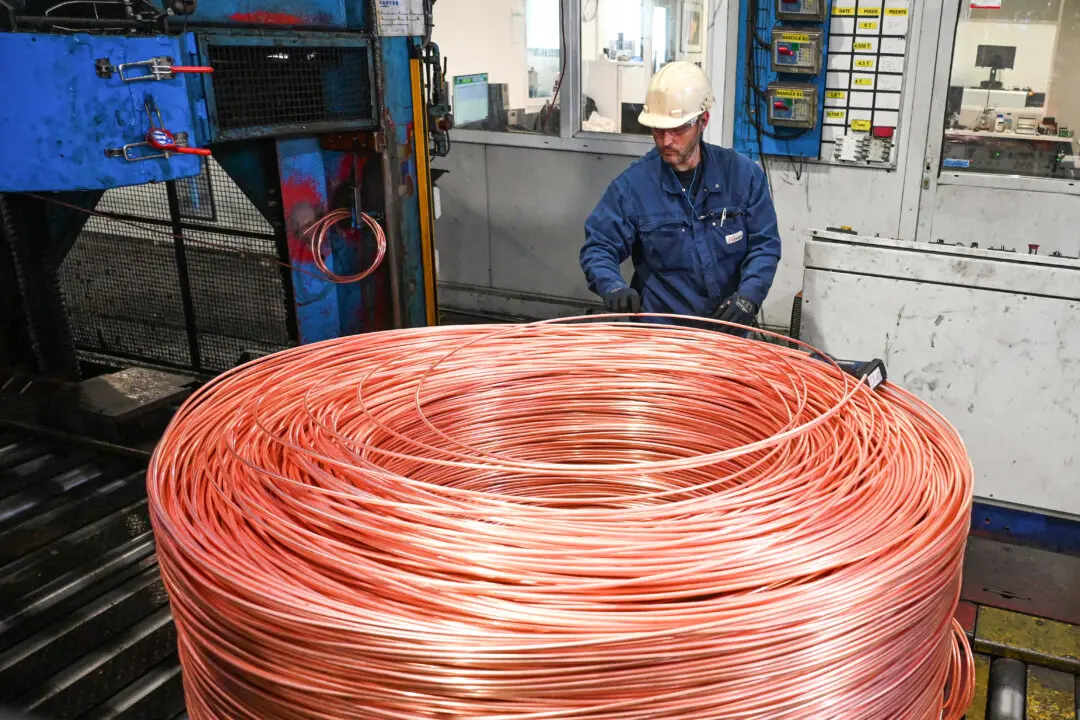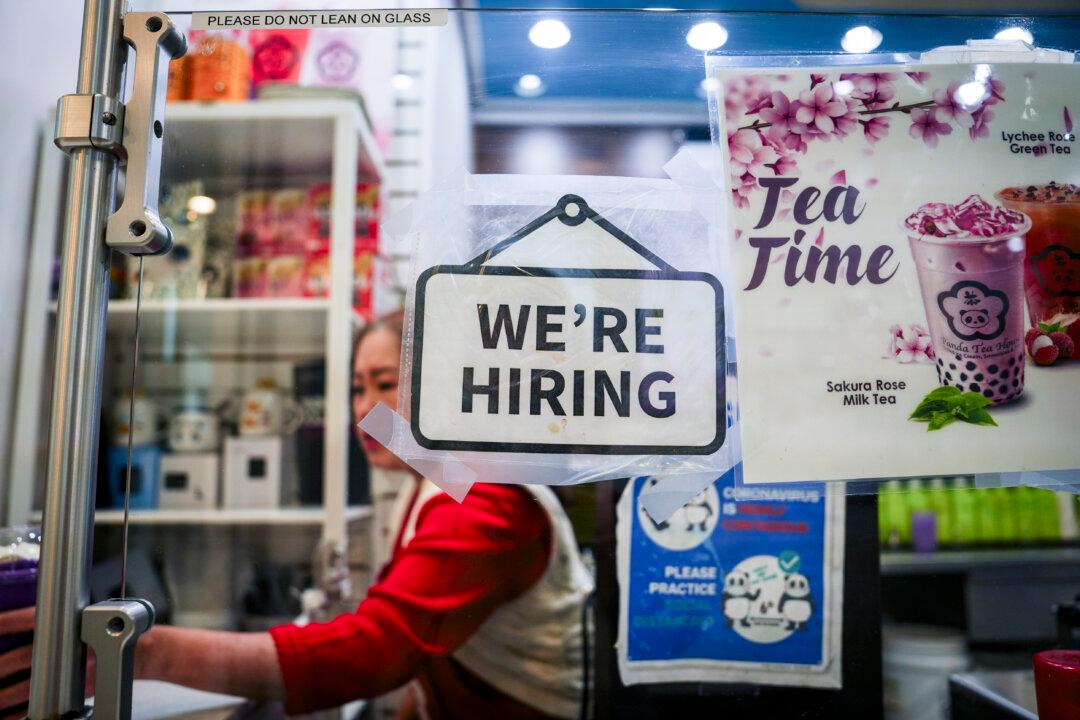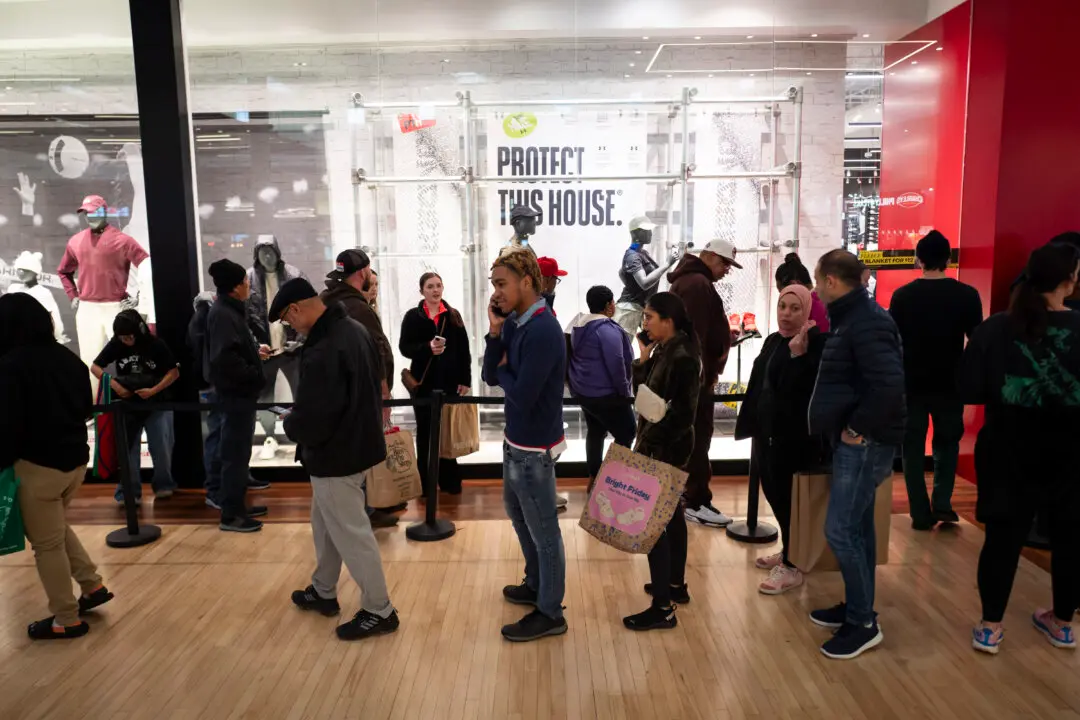Empty supermarket shelves are greeting shoppers across the United States. Businesses and consumers are concerned that the global supply chain crisis and renewed public health restrictions in response to the Omicron variant could exacerbate the situation.
Images of product shortages are flooding the social media landscape, leading to a viral hashtag “Bare Shelves Biden.” The campaign has been making a comeback in January in the face of lower inventories at local grocery stores and mega-chains.
But is it as terrible as the press and social media make it out to be at the grocery stores?
Not quite, asserts President Joe Biden.
During a Jan. 19 press conference, Biden dismissed reports of an increasing number of empty store shelves nationwide, calling them misleading since the data point to fully stocked stores.





